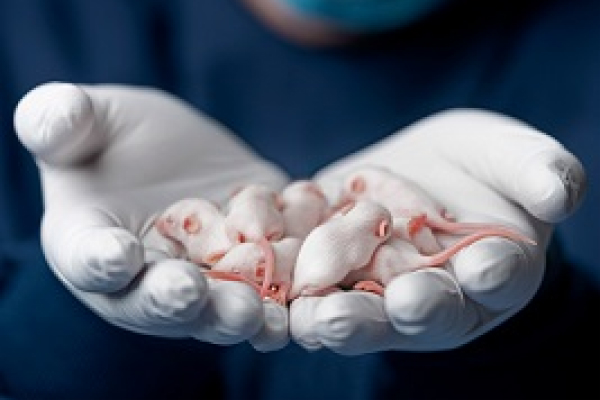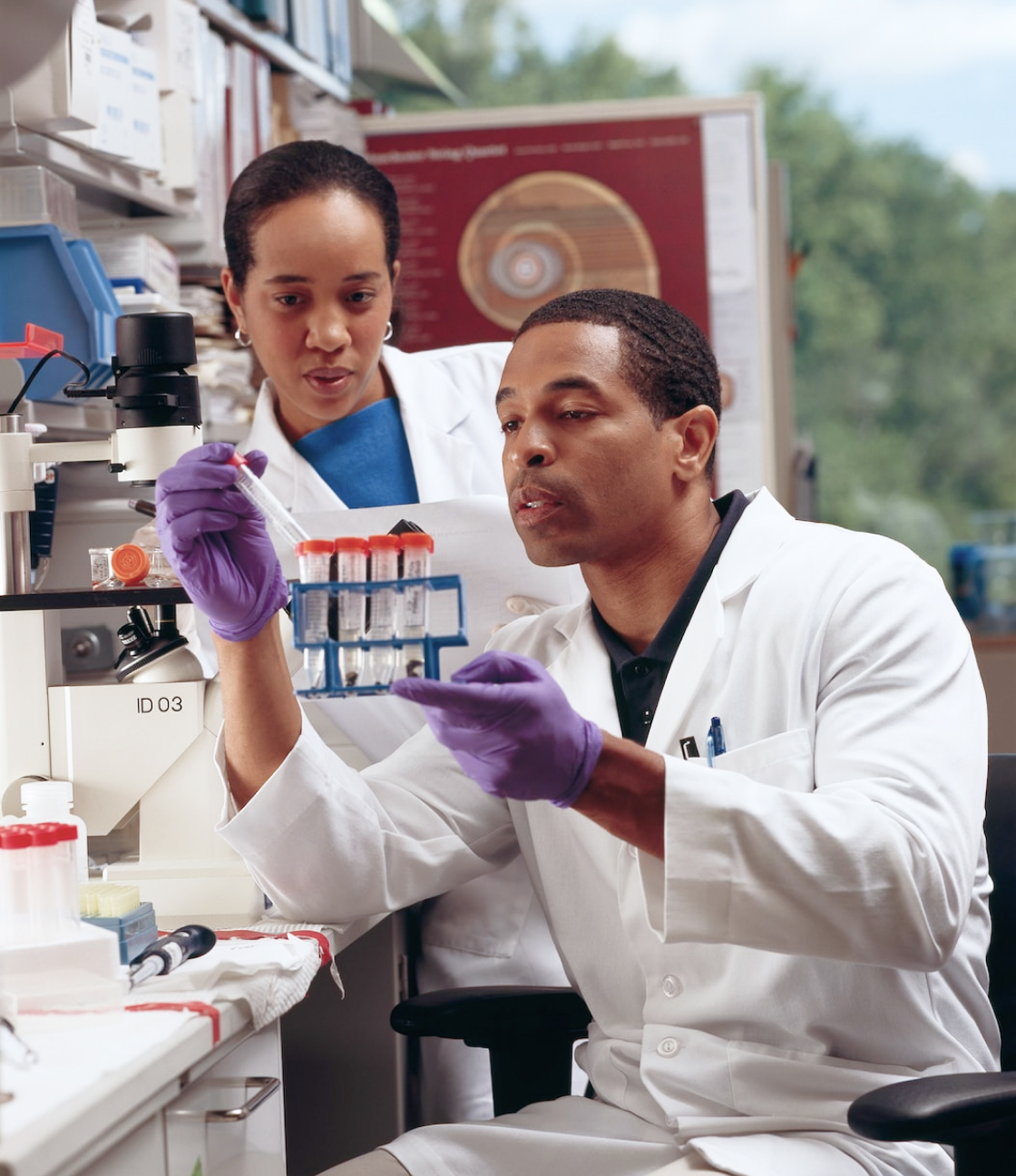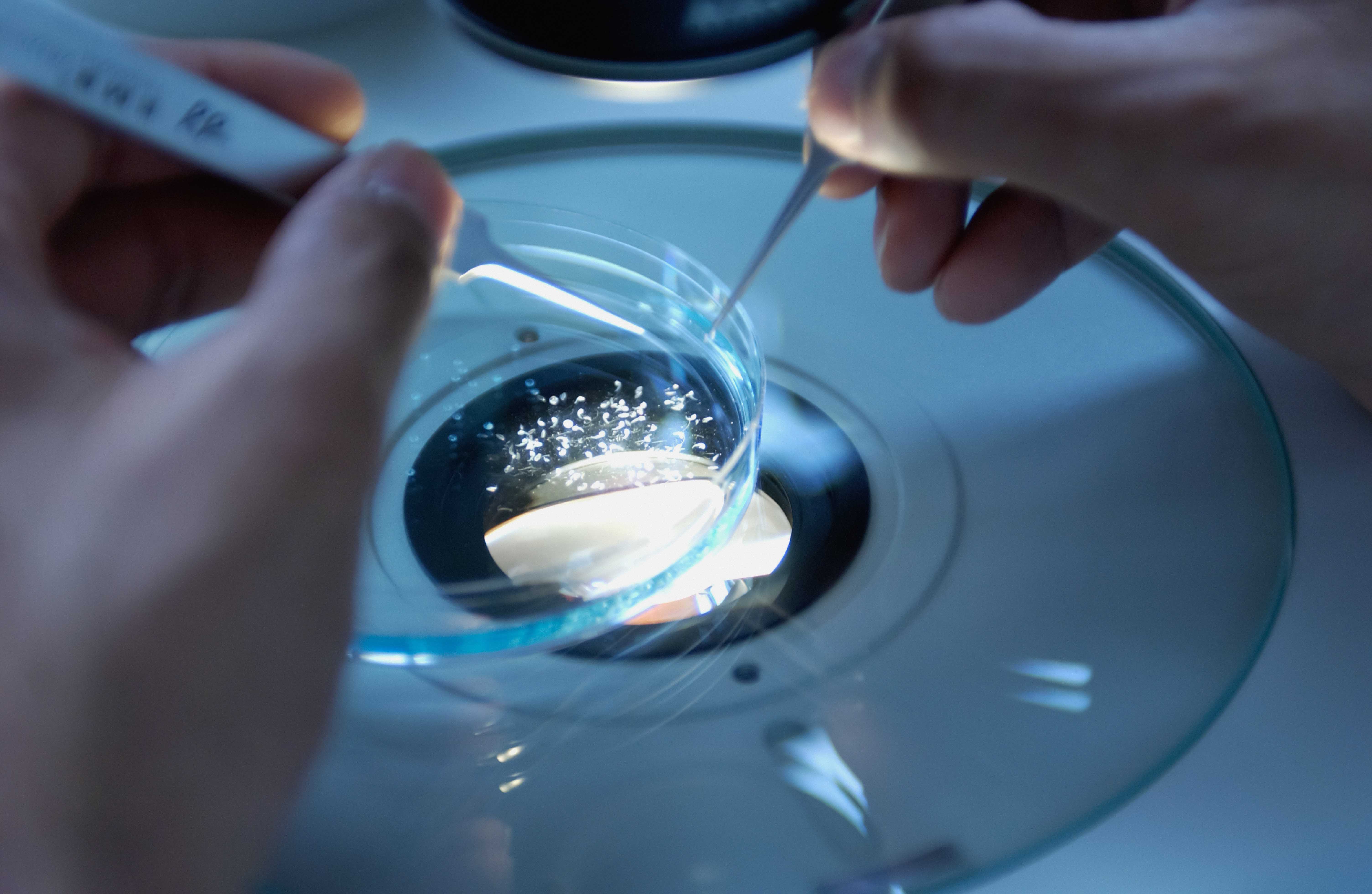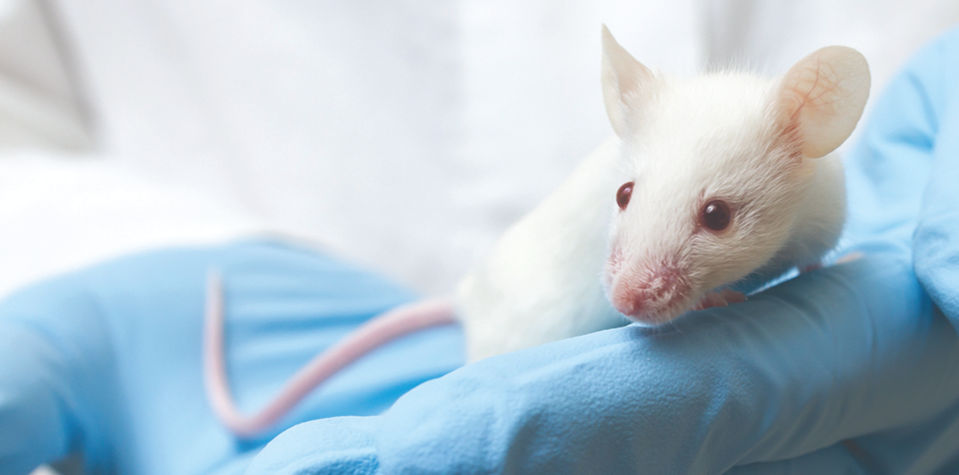Super immunodeficient mouse models with murine Fc gamma receptors knocked out provide improved accuracy in antibody-based studies.
Researchers who work with antibody-based therapies find that murine Fc gamma receptors (FcγRs) can confound preclinical study results, causing false positives or false negatives that lead to incorrect conclusions and derail drug discovery. By knocking out these receptors, FcResolv® NOG models provide clarity in antibody-based drug studies, offering greater confidence and more translatable data while utilizing fewer resources.






.jpg)

.jpg)
.jpg)
.jpg)
.jpg)





.jpg)
.jpg)


.jpg)



.jpg)




.jpg)

.jpg)
.jpg)



















